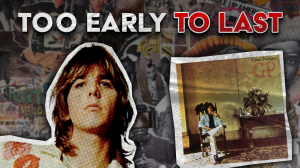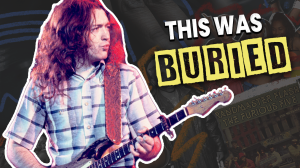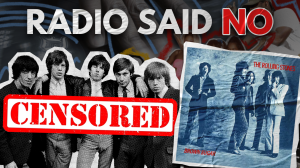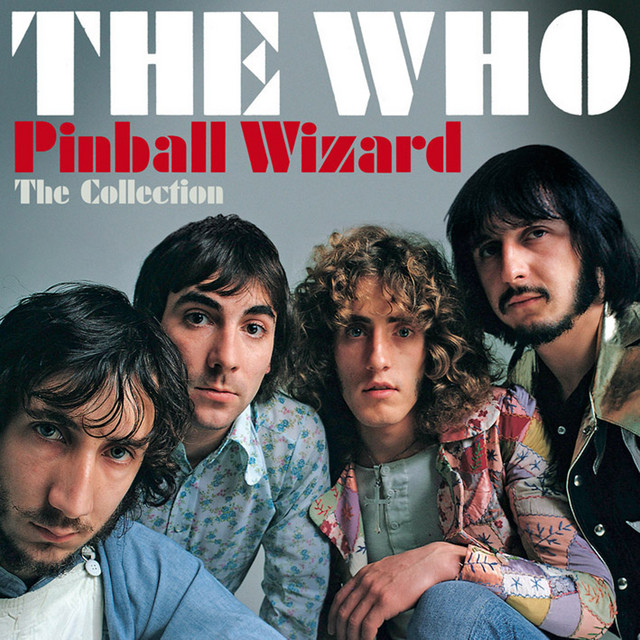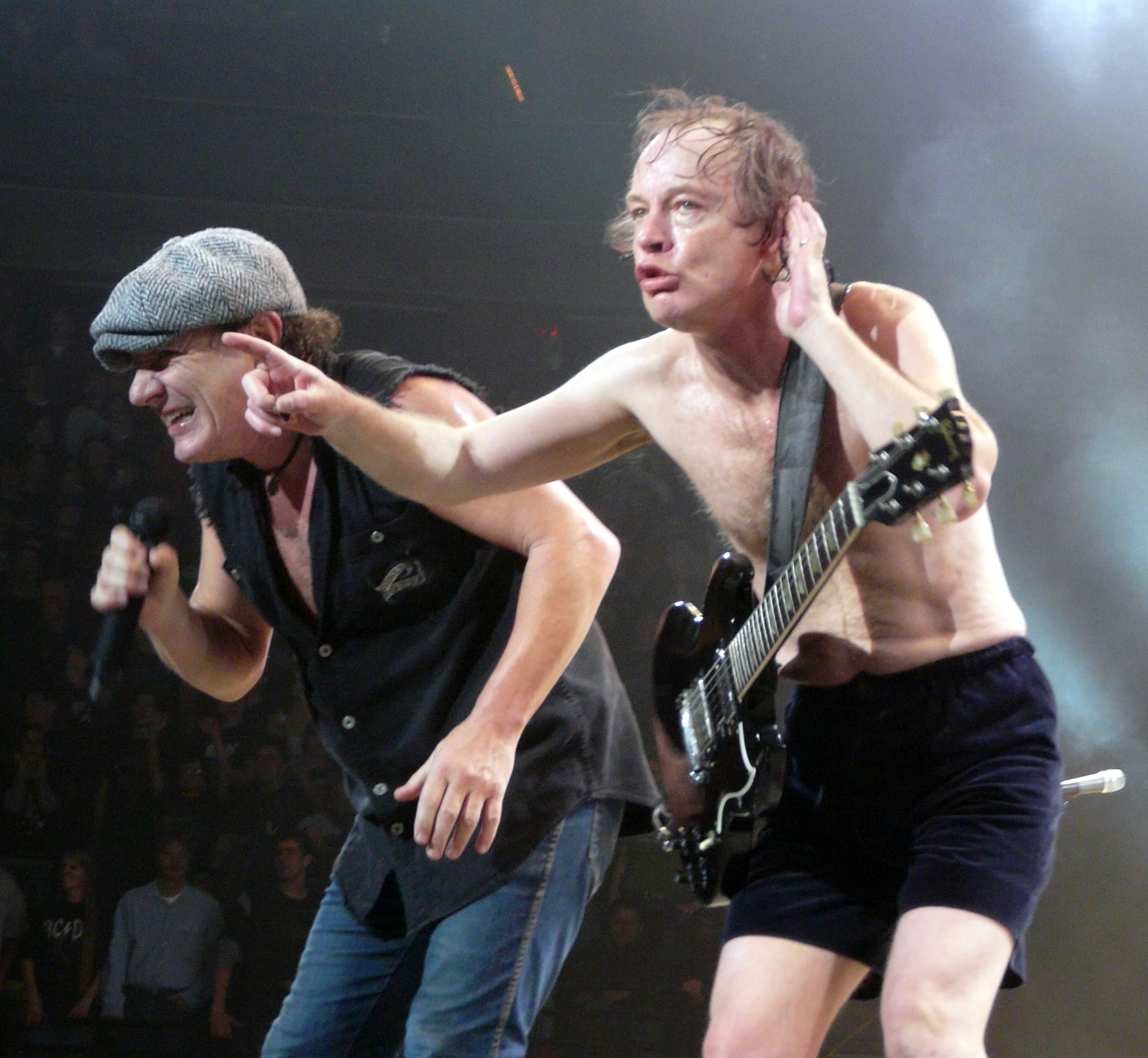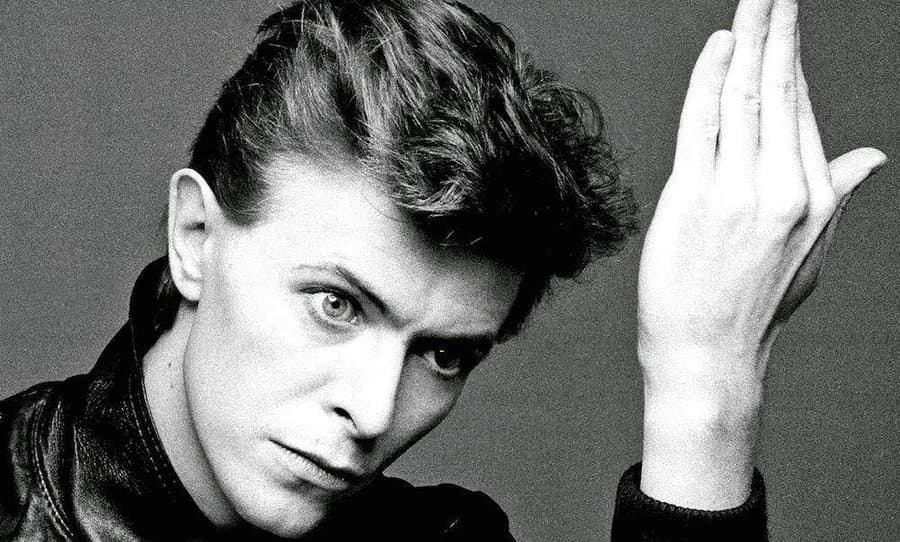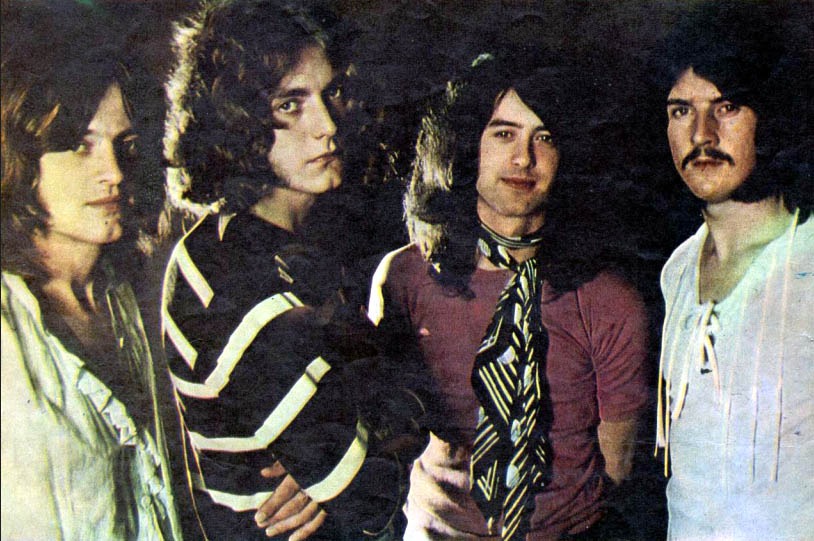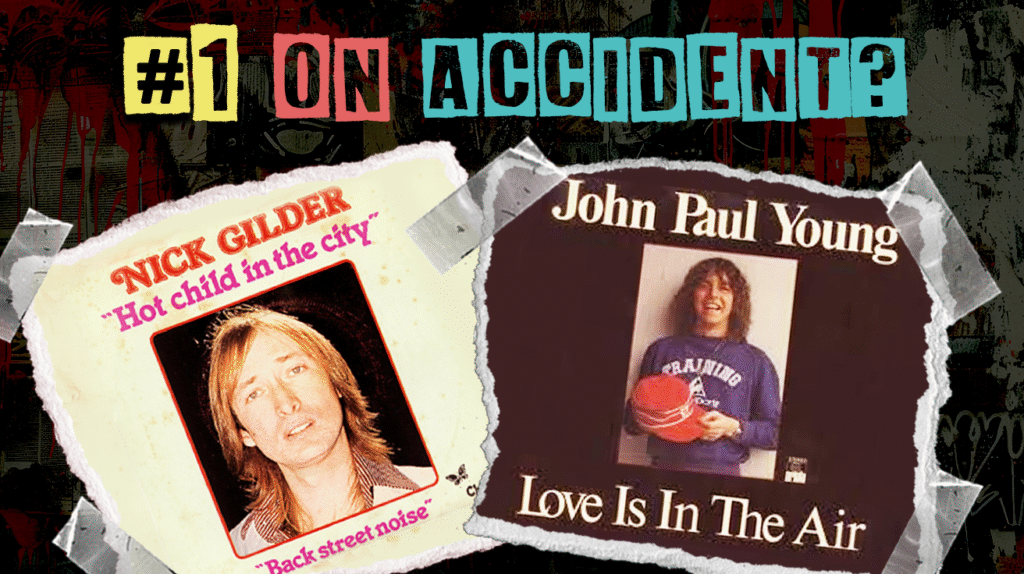
The year 1978 stands as a fascinating musical intersection—disco was peaking, punk was snarling at the mainstream, and rock was fragmenting into countless subgenres. Amid this sonic chaos, several artists managed to capture lightning in a bottle exactly once, creating cultural touchstones before fading from Billboard’s radar. These one-hit wonders aren’t just trivia answers; they’re time capsules of an era when a single song could still define a career and soundtrack millions of memories. What follows isn’t just a nostalgic playlist, but a collection of remarkable stories about artists who briefly touched the stratosphere before gravity took hold.
10. Foxy – “Get Off”
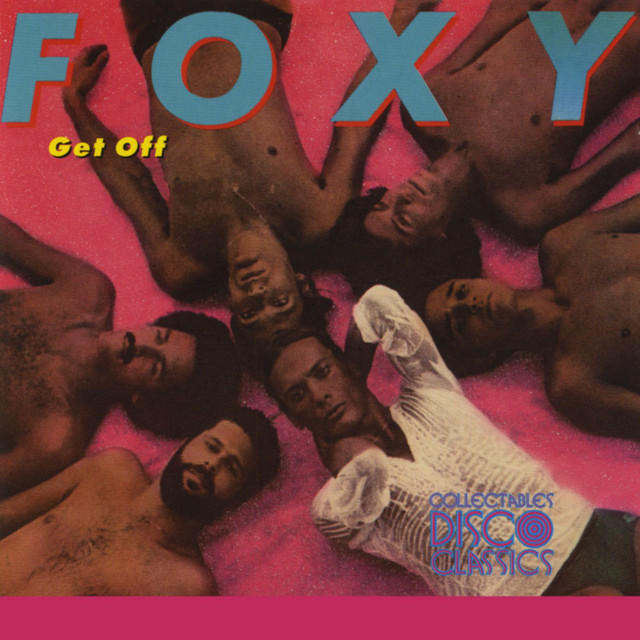
Miami’s Latin-infused sound broke through disco’s crowded landscape when “Get Off” reached #9 in 1978, showcasing lead singer Ish Ledesma’s charismatic delivery of suggestive lyrics that somehow sailed past radio censors. The track’s relentless percussion and horn section created a distinctive sound that stood out even during disco’s peak saturation period. The band’s Cuban-American roots added authentic Latin elements to disco’s formula years before the “Latin explosion” became a marketing term.
Their rhythm section understood that the space between notes matters as much as the notes themselves—a concept that made their grooves feel simultaneously tighter and more relaxed than their competitors’. The group never returned to the Top 40, yet they maintained popularity in Latin America and on the dance club circuit. “Get Off” remains a testament to disco’s democratic promise that anyone could own the dance floor for the length of one perfect groove.
9. John Paul Young – “Love Is in the Air”
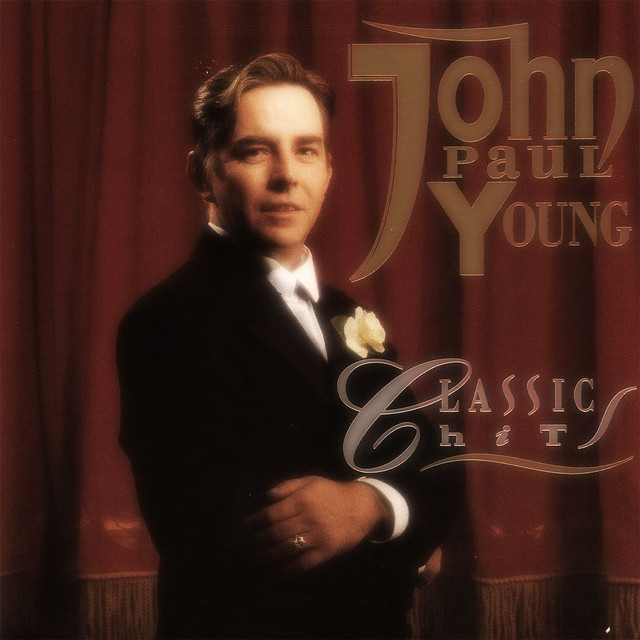
Straightforward romance celebration found perfect musical expression when Australian singer John Paul Young delivered “Love Is in the Air,” which reached #7 in the U.S. charts during 1978. Written by Vanda and Young (the team behind AC/DC’s early hits, in a surprising stylistic departure), the song became an international success that transcended its era through melodic universality. The track floats on production that perfectly balances disco’s rhythmic foundation with pop melody, creating three minutes of pure musical dopamine.
Young remained a major star in Australia, yet never again impacted American charts, making this his sole U.S. crossover moment. The song found renewed global popularity when featured prominently in Baz Luhrmann’s 1992 film “Strictly Ballroom,” introducing it to a new generation who embraced its timeless appeal. Today, it remains a wedding reception staple—the rare disco track that grandparents and grandchildren can appreciate equally, serving as a musical bridge across generational divides.
8. William Bell – “Tryin’ to Love Two”
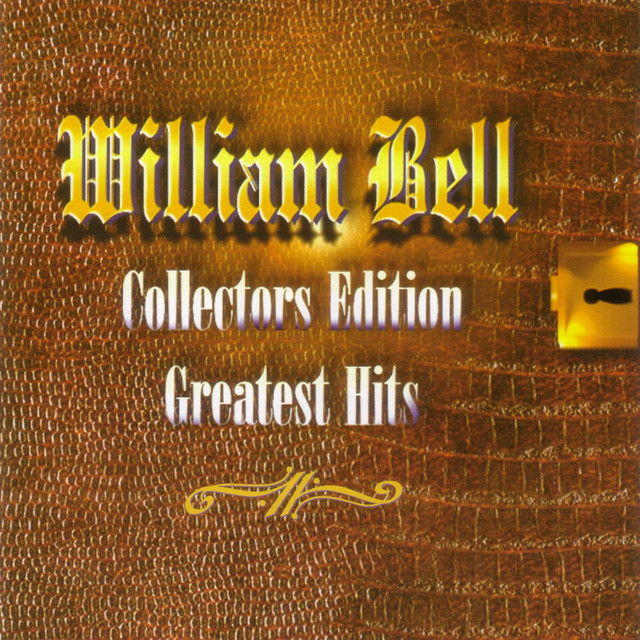
Soul veteran William Bell achieved a remarkable feat when “Tryin’ to Love Two” reached #10 on the Billboard Hot 100 in 1978, proving that authentic emotion could still connect with mainstream audiences during disco’s dominance. The song’s confessional lyrics about romantic indecision feel like a therapy session set to music, delivered with the emotional intelligence that only comes from lived experience. Bell was no newcomer—he’d been recording since the early ’60s as one of Stax Records’ foundational artists.
His songwriting credits included the classic “Born Under a Bad Sign,” later immortalized by Albert King and Cream, yet mainstream pop success eluded him until this late-career crossover. The track stands as a master class in vocal restraint, demonstrating how emotional authenticity often lives in the midrange rather than the stratosphere. His performance feels like the predecessor to the conversational delivery that would later define artists from Luther Vandross to Frank Ocean, prioritizing emotional truth over vocal gymnastics.
7. Ronnie McDowell – “The King Is Gone”
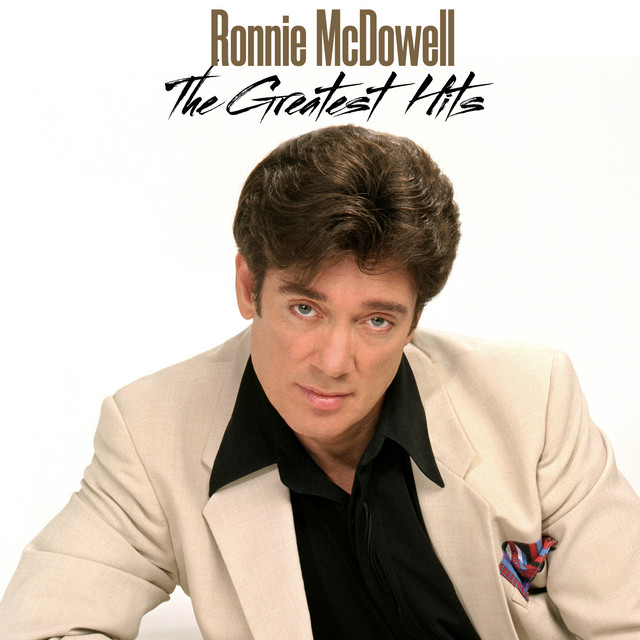
Cultural shock created an immediate vacuum when Elvis Presley died in August 1977, one that unknown singer Ronnie McDowell filled with remarkable speed through his tribute “The King Is Gone.” The song reached #13 on the Billboard Hot 100 in early 1978, moving millions of copies as cultural grief therapy for devoted Elvis fans worldwide. McDowell recorded the tribute within days of Elvis’s death, his vocal similarity to Presley creating an eerie continuity that comforted listeners during their mourning.
The song’s success represents a phenomenon unique to the pre-internet era—an immediate musical response to a cultural moment, spreading through radio rather than social media algorithms. McDowell never returned to the pop charts, yet his Elvis connection became his career foundation through providing Presley’s singing voice for several TV movies and building a respectable country career with over a dozen Top 10 country hits. The track remains a fascinating time capsule that succeeded by genuinely channeling collective mourning into three minutes of musical catharsis.
6. Nick Gilder – “Hot Child in the City”
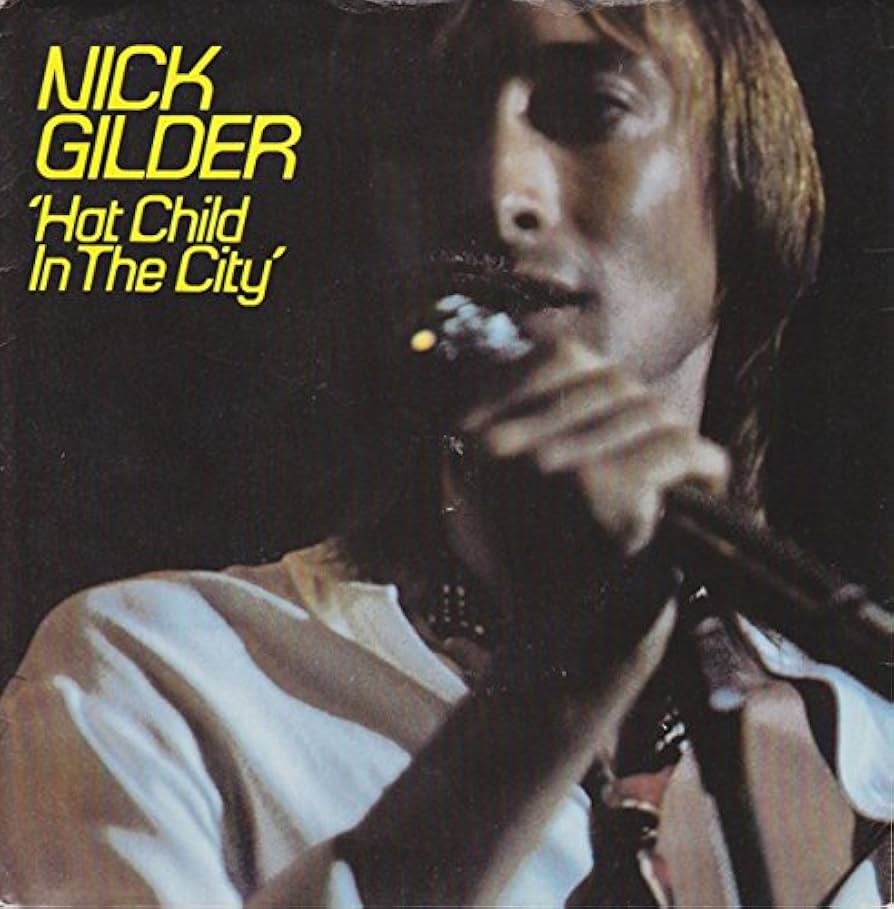
Deceptively bright melodies concealed darker undertones when “Hot Child in the City” reached #1 in October 1978, addressing teenage runaways with an upbeat sound that radio programmers couldn’t resist. The contrast between its infectious hooks and sobering subject matter mirrors Gilder himself—a glam rock pioneer whose androgynous image concealed serious songwriting chops. His high-pitched vocals and visual presentation confused radio listeners who often thought the track was performed by a woman—a misunderstanding Gilder strategically never rushed to correct.
Before his solo breakthrough, Gilder fronted Canadian glam band Sweeney Todd, bringing the same gender-bending aesthetic that David Bowie had pioneered to North American audiences. The song’s staying power comes from this tension between musical joy and uncomfortable reality, like finding a perfectly crafted pop song hiding inside a documentary about urban decay. Though Gilder never charted significantly again in America, he found success as a songwriter, penning hits for Pat Benatar and other artists throughout the ’80s.
5. Patrick Hernandez – “Born to Be Alive”
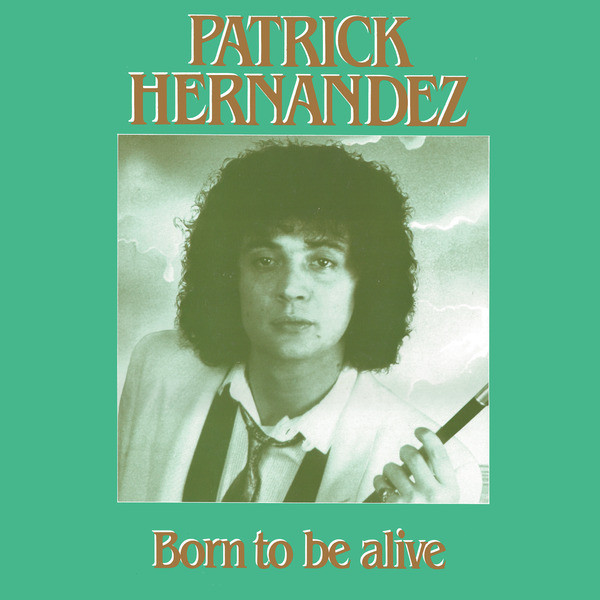
Construction worker turned international disco sensation Patrick Hernandez created the ultimate self-actualization anthem with “Born to Be Alive,” which reached #16 in late 1979 in the U.S. The track’s pulsing beat and declarative chorus made it a global phenomenon, selling over 5 million copies worldwide according to industry estimates. The song’s creation story feels like a movie plot: Hernandez was a struggling musician who reportedly wrote the track during breaks from construction jobs.
Production’s meticulous attention to detail—from perfectly timed string hits to bass lines that sound like confidence in audio form—explains why it remains a DJ favorite decades later. The pressure to follow such massive international success proved overwhelming, as Hernandez never again reached the charts, becoming the textbook definition of a one-hit wonder. In a fascinating footnote, a young Madonna briefly served as one of his backup dancers before launching her own career—a connection that feels like music history’s version of the butterfly effect, demonstrating how disco’s optimistic ethos continues its cultural journey through samples, remixes, and dance floors worldwide.
4. A Taste of Honey – “Boogie Oogie Oogie”
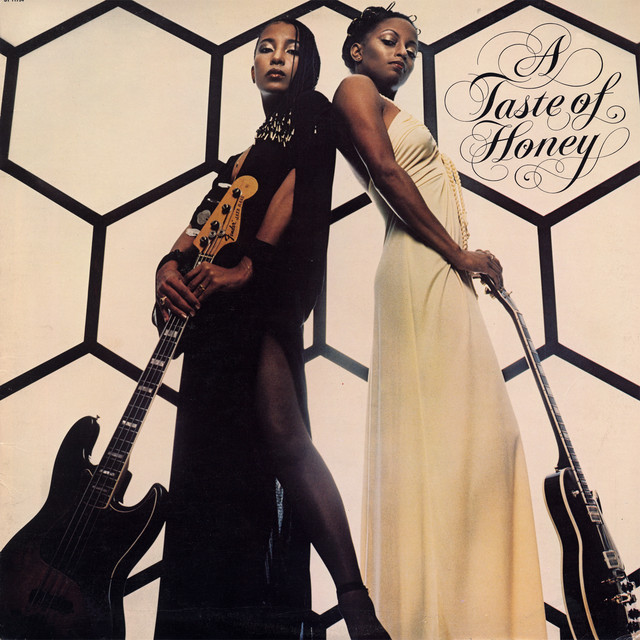
Lightning struck for this female-fronted quartet when their debut single “Boogie Oogie Oogie” dominated dance floors worldwide, spending three weeks at #1 according to Billboard archives. The track’s infectious groove feels like Studio 54 distilled into vinyl form, with Janice Johnson’s bassline functioning as the song’s beating heart rather than mere rhythmic support. Her bass delivered the foundation while the group’s harmonies created the perfect disco storm that moved over two million copies.
Recognition came swiftly from the music industry’s gatekeepers, who awarded the group the 1979 Grammy for Best New Artist, beating out both Elvis Costello and The Cars—a decision that seems as improbable as finding affordable rent in today’s Manhattan. Despite releasing four albums and scoring a moderate hit with their cover of “Sukiyaki,” nothing recaptured the magic of their debut single. Today, “Boogie Oogie Oogie” lives on in countless ’70s compilations, commercials seeking instant nostalgia, and as sample fodder for producers looking to inject authentic disco DNA into modern tracks.
3. Tasha Thomas – “Shoot Me (With Your Love)”
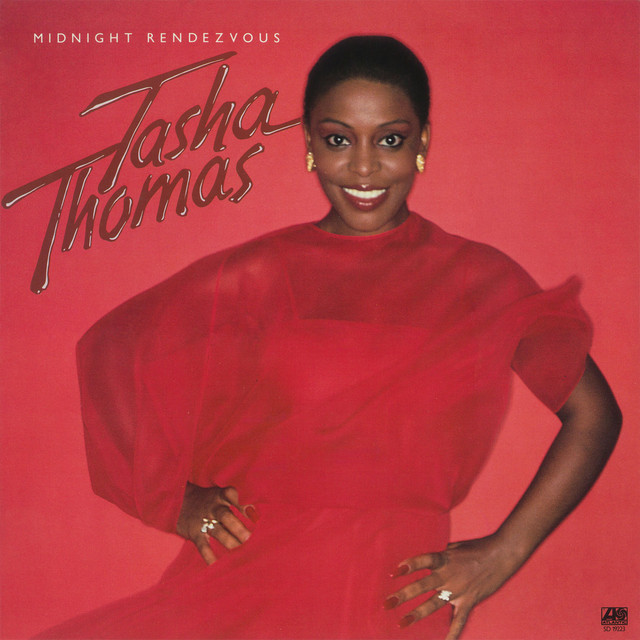
Broadway experience and church-trained vocals combined to create one of 1978’s most criminally overlooked gems when “Shoot Me (With Your Love)” peaked at #25 on the R&B charts. The track showcases a voice that could shift from intimate whisper to full-throated power with remarkable control, revealing Thomas’s background as a session vocalist and original Broadway cast member of “Hair.” Her single hit balances commercial appeal with genuine soul, avoiding disco’s occasional tendency toward formula over substance.
The production demonstrates sophisticated understanding of how to frame exceptional vocals without overwhelming them, creating space for Thomas’s natural dynamics to shine. Career trajectory was tragically shortened by personal struggles that record labels of the era typically addressed by dropping artists rather than offering support systems. Thomas passed away in 1984 at just 33, leaving behind a small catalog that occasionally appears on disco compilations, remaining largely undiscovered by younger generations who would appreciate her extraordinary vocal gifts.
2. Player – “Baby Come Back”

Heartbreak transformed into chart gold when Australian musicians Peter Beckett and J.C. Crowley met at a Hollywood party—like a musical meet-cute that would feel too convenient in a Netflix series about ’70s rock. Their collaboration produced “Baby Come Back,” which topped charts in January 1978, becoming a breakup anthem so smoothly produced you almost forget it’s about romantic devastation. Beckett wrote the track after his girlfriend left him, transforming personal pain into commercial success.
The song’s production perfectly balances rock credibility with pop accessibility, creating a template that bands like Journey would ride to arena-filling success in the following decade. Each guitar solo and pleading chorus became the soundtrack to countless romantic reconciliations across America’s radio waves. The band continued recording until 1982, yet their signature hit became both blessing and curse—the song that launched them also defined them, making everything else feel like an afterthought.
1. Exile – “Kiss You All Over”
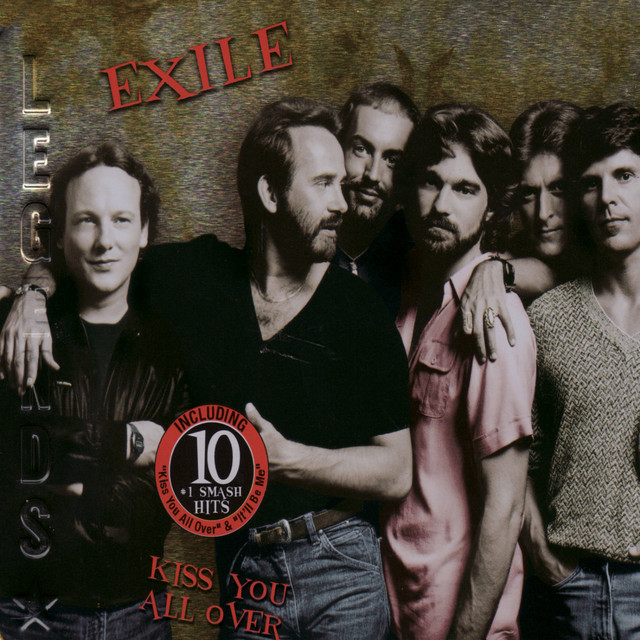
Four weeks at the summit of Billboard’s Hot 100 in 1978 represented one of music’s most successful genre pivots when “Kiss You All Over” dominated radio with its suggestive lyrics and insistent rhythm. The Kentucky group’s transformation mirrors the music industry’s larger shift toward commercial accessibility in the late ’70s, abandoning their rock roots for producer Mike Chapman’s more radio-friendly sound. Chapman, who also crafted hits for Blondie and The Knack, helped the band shed their psychedelic past for disco-tinged pop gold.
The gamble paid off spectacularly, though only once in the pop realm, as the track became the soundtrack to countless backseat encounters across America. Career reinvention struck again when Exile later transformed itself into a country act, scoring an impressive eight #1 country hits in the 1980s. Their musical journey reads like a survival show where contestants adapt to completely different environments, with “Kiss You All Over” remaining their pop culture legacy through recent appearances in period pieces when directors need instant late-’70s atmosphere.




